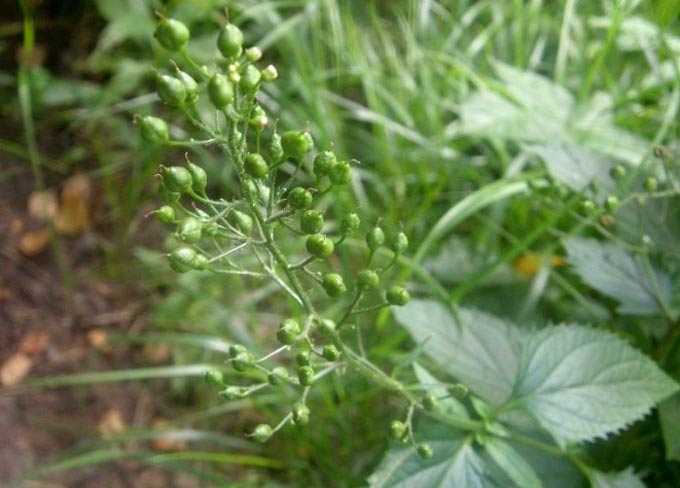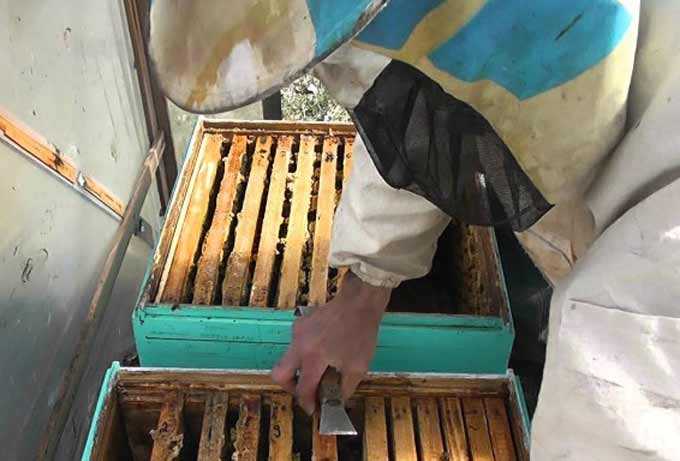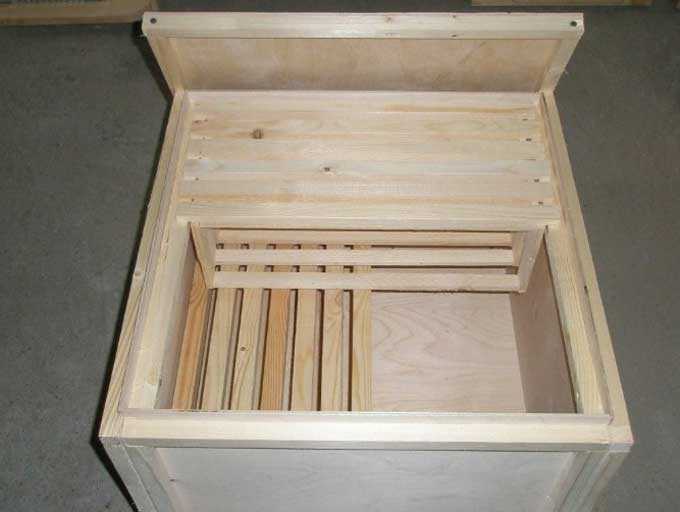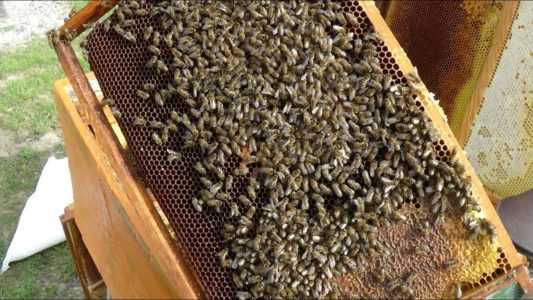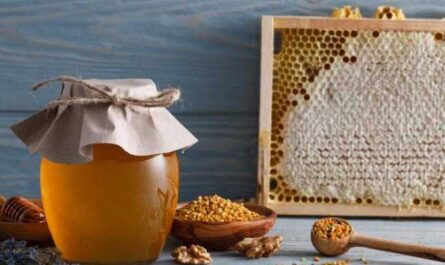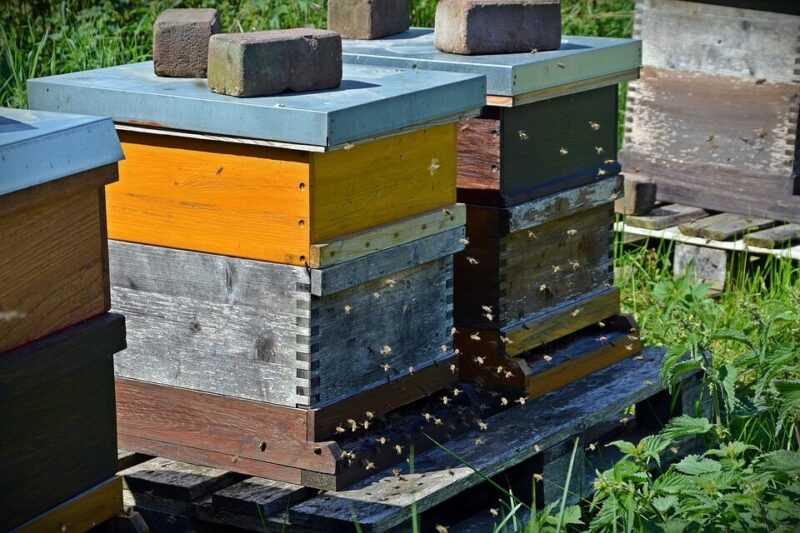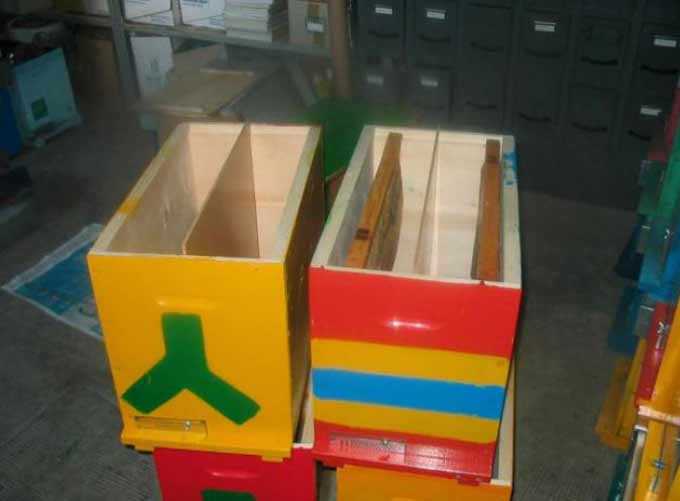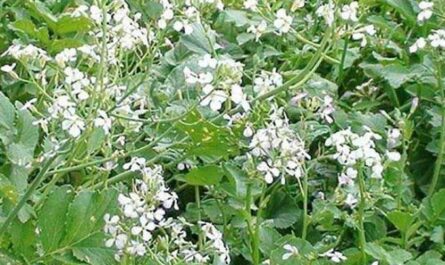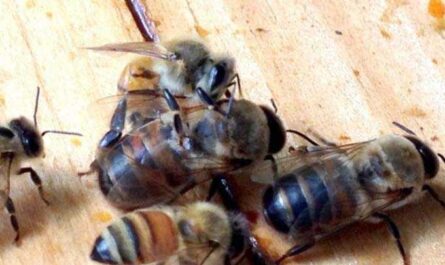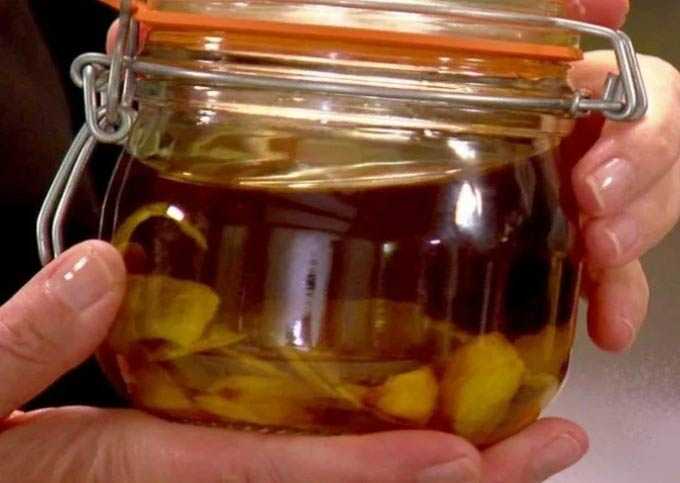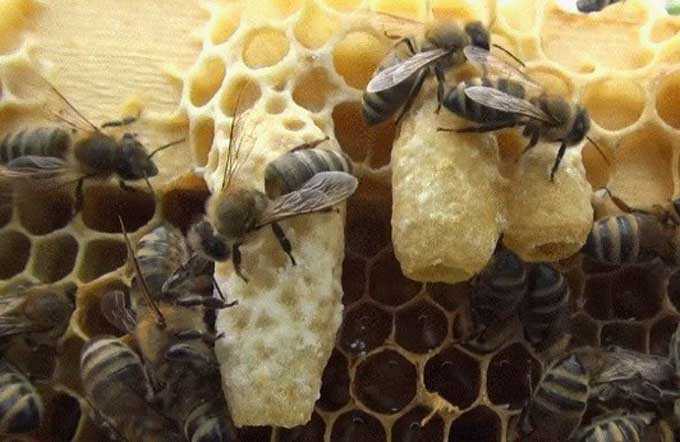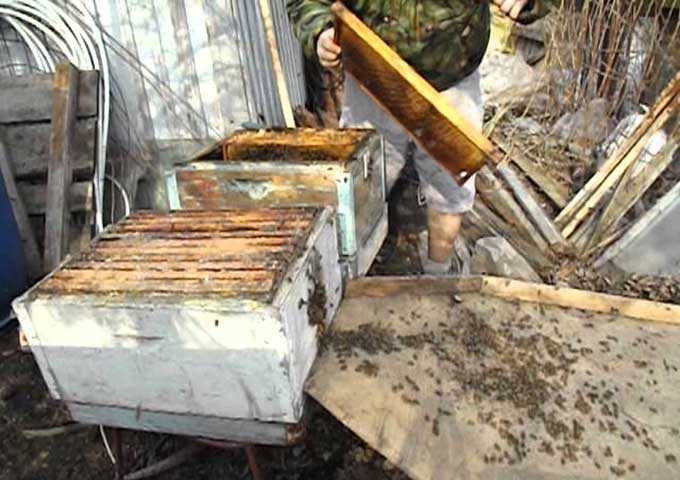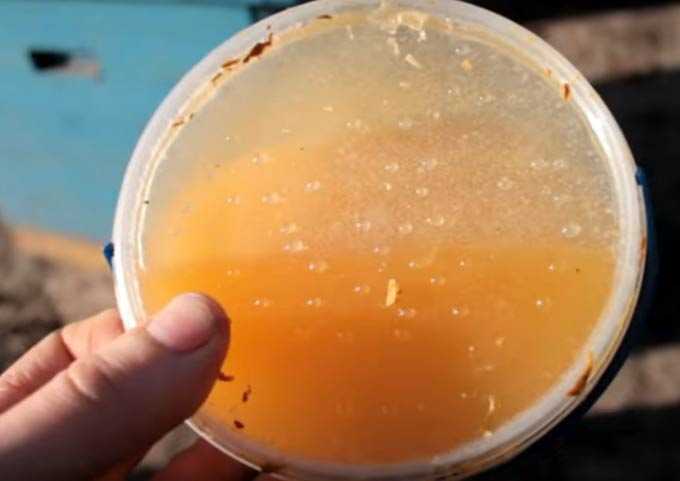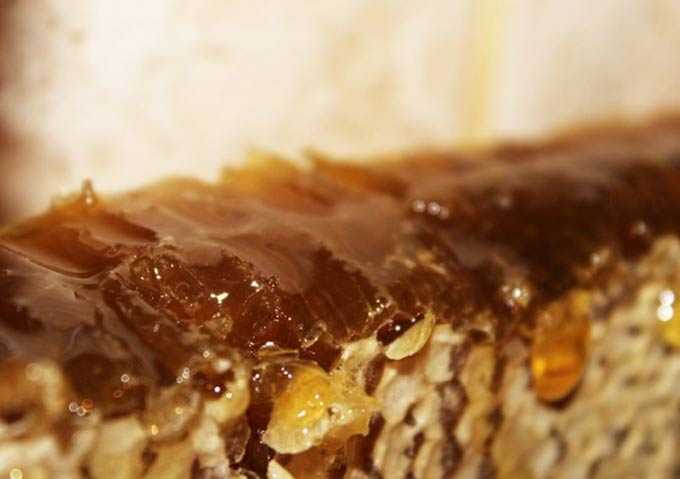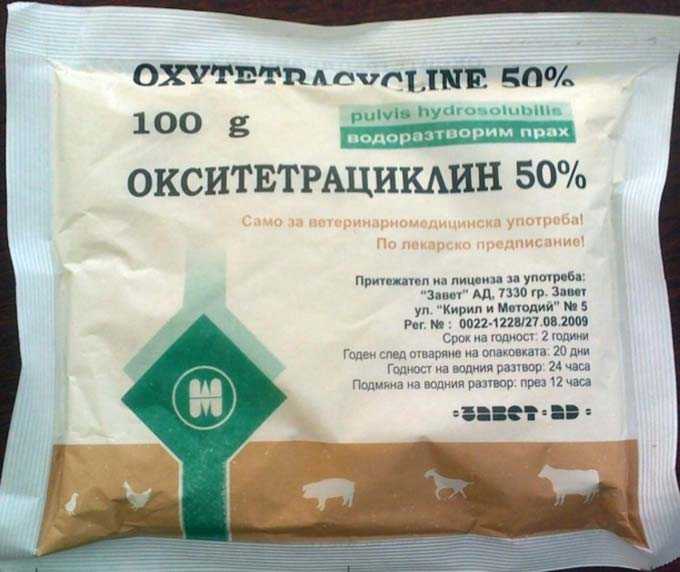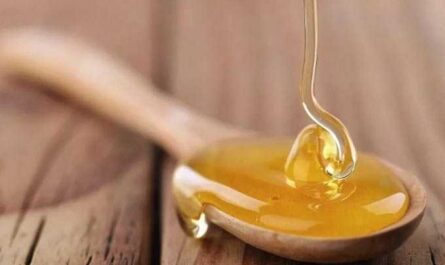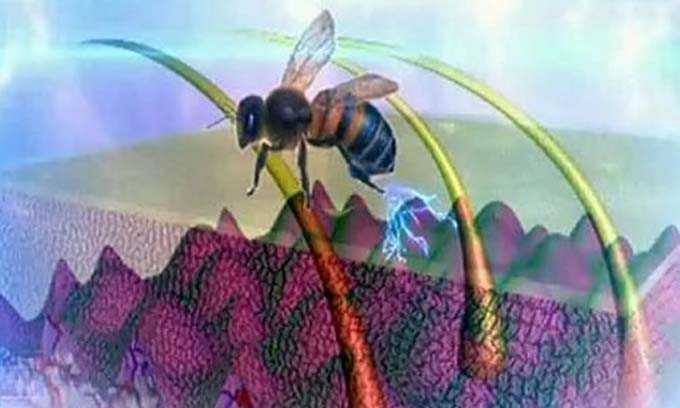Goldenrod melliferous plant, providing late maintenance bribes. This perennial herb of the Asteraceae family is found throughout Ukraine and the European part of Russia. Bees take both nectar and pollen from goldenrod.
On the territory of the former CIS, there are about 23 plant species, and around the world (in the northern hemisphere) there are about 80 of its varieties.
The content of the article
- 1 Appearance
- 1.1 Common and bush (shrub)
- 1.2 Canadian
- 2 Honey productivity and honey quality
- 3 Cultivation
- 4 Useful Properties
Appearance
The plant in the wild has an erect stem, up to one meter high. An ornamental variety known as Canadian goldenrod grows up to 1,5-2 meters.
The basal leaves of the grass are obovate and denticles along the edges, and those growing on the stems are lanceolate with a short cut.
A few yellow flowers are grouped in baskets at the very tops of the stems. They bloom from July and bloom until early September.
The bush form of goldenrod has flat inflorescences, the baskets of which are collected in characteristic brushes. This variety blooms a little earlier – at the end of June.
In beekeeping, the honey plant is prized for its ability to produce nectar and pollen in warm, rainy autumn.
Varieties important for the apiary:
- ordinary;
- shrub;
- Canadian.
Common and bush (shrub)
Goldenrod honey plant is often called the golden rod.… This perennial herb grows in fields, forest thickets among bushes, along roads. Avoids highly damp soils. In the steppe and forest-steppe zones, the melliferous plant chooses dry, more often coniferous forests.
It does not exceed one meter in height. The stems are strong, covered with leaves of different sizes – from below they are larger and longer, and above the petioles are shortened.
The baskets contain 5-8 small bisexual tubular flowers wrapped in small leaves.
The bush variety is a type of golden rod (common goldenrod), but with flat corymbose inflorescences.
Both varieties, regardless of rainy weather, provide a steady late bribe.
Canadian
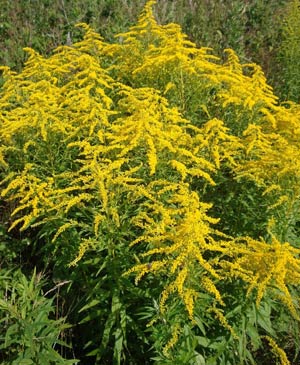
The leaves are lanceolate, covered with a fine fluff below, and absolutely smooth above.
The culture is grown in personal plots as an ornamental plant. Like other varieties of melliferous plants, it prefers dry areas.
In the wild, the grass can be seen on railway embankments, along roads, on the slopes of ditches, ravines, along the high banks of water bodies.
Honey productivity and honey quality
For obvious reasons, this sort of honey is rarely pumped out – all the nectar and pollen are used to maintain the bee colonies and prepare them for wintering.
But according to the Canadian and Polish experience, it is known that goldenrod as a melliferous plant provides up to 150 or more kilograms of honey per hectare. Which equates this crop in the Russian climate with sunflower.
In the combs, honey is light yellow. After pumping it becomes brownish. It thickens, but does not crystallize! The aroma is sharp, a little unusual for us. But the taste is harmonious and pleasant.
Cultivation
Goldenrod is not specially grown in our country. But based on the Chinese experience, it can be judged that the ornamental (Canadian) variety causes great damage to the flora, displacing local meadow plants. At the same time, its pollen is akin to ragweed or poplar – it is carried by the wind over long distances, causing allergic reactions in sensitive people.
Should we risk meadow grasses for this late honey plant?
The danger of goldenrod cultivation lies in the reduction of the honey base and its diversity – after all, with the death of local species of meadow plants, domestic valuable honey plants will be lost. And you won’t be able to return them to their original place.
Useful Properties
The plant has wound healing properties that are transferred to honey. This bee product can also be used internally for general strengthening of the body, combating colds, vitamin deficiencies.
But it is important to remember that even a small admixture of pollen can cause an allergy to goldenrod honey in persons sensitive to this herb. You need to consume the product starting with the minimum dose – a teaspoon (for adults). For any manifestations of individual intolerance, this type of honey will have to be completely abandoned.


